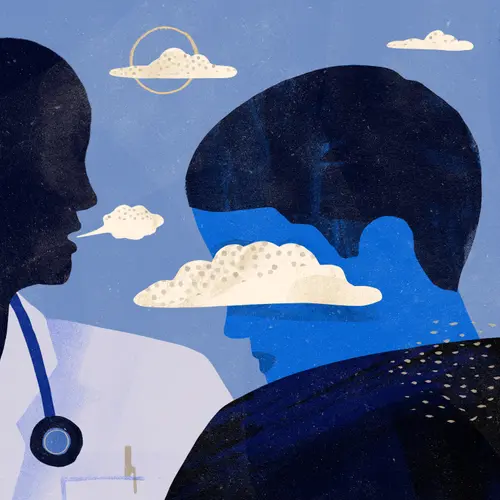A medication called naloxone can reverse the effects of an overdose of heroin or some types of painkillers. Paramedics and emergency room doctors have used it for years to save lives.
In some states, if you, a family member, or a friend is addicted to heroin or narcotic painkillers known as opioids, you can carry naloxone. A pocket-size device that contains an injectable form of naloxone is available for use. A nasal spray version has also been approved for use and requires no special training to administer.
How It Works
Naloxone blocks the effects of drugs made from opium, or opioids. These include:
Opioids slow your breathing. If you take too much of one, your breathing may stop and you could die. If given soon enough, naloxone can counter the overdose effects, usually within minutes. Learn more about overdose recovery.
Overdose Deaths
Almost 72,000 people died of drug overdoses in the U.S. in 2019, a more than 5% rise from the previous year. The rise came after a decrease was posted the previous year. The use of synthetic opioids such as fentanyl is being blamed for much of the increase with many of deaths being attributed to them being mixed with other drugs including methadone, heroin, and cocaine.
Heroin use is also growing in the U.S. The 2018 National Survey on Drug Use and Health reported that 948,000 Americans use the illegal substance -- more than a half a million are dependent on it.
The rise in heroin use is believed to be linked to prescription drug abuse. Many people who abuse painkillers switch to heroin for two reasons: It is cheaper and often easier to get.
Because of naloxone’s effectiveness, the White House drug policy office now urges first responders, such as police and firefighters, to carry it.
Using Naloxone
Naloxone is given by shot or nasal spray.
A person who has overdosed may:
- be breathing very slow or not breathing
- have blue or purplish lips or fingernails
- be limp
- be vomiting or gurgling
- not wake up or respond if you try to rouse them
If a person shows signs of an overdose:
- Call 911 right away.
- Begin rescue breathing, if the person isn’t taking in air.
- Give the person naloxone.
As an injectable medication, the naloxone kit, called Evzio, comes with two auto-injectors and a trainer device, so you can learn how to use it ahead of time.
Naloxone wears off in about an hour. A person who has overdosed may stop breathing then and need another shot. It's important to call 911 and stay with the person until help arrives. They may need more doses of naloxone or other emergency care.
The nasal spray form of naloxone should be given to the person when they are lying down. A second dose may be administered, if necessary. Get medical help as quickly as possible after treating someone with the nasal spray.
Side Effects
Naloxone can save lives, but it can also cause:
- chest pain
- seizures
- symptoms of an allergic reaction, such as:
- hives
- trouble breathing
- face, lip, and tongue swelling
These require emergency help.
Naloxone puts a person into withdrawal. They may:
- throw up
- shake fiercely
- sweat
They may also have pain and burning on the skin where they got the shot, or in their hands and feet.
Access to Naloxone
Critics have opposed public access to naloxone, saying it would encourage abuse of heroin and other opioids, but no studies support that. The medical community widely supports making naloxone more easily available, because it saves lives.
In more than half the U.S. and the District of Columbia, Good Samaritan laws protect a person who helps someone during an overdose.

